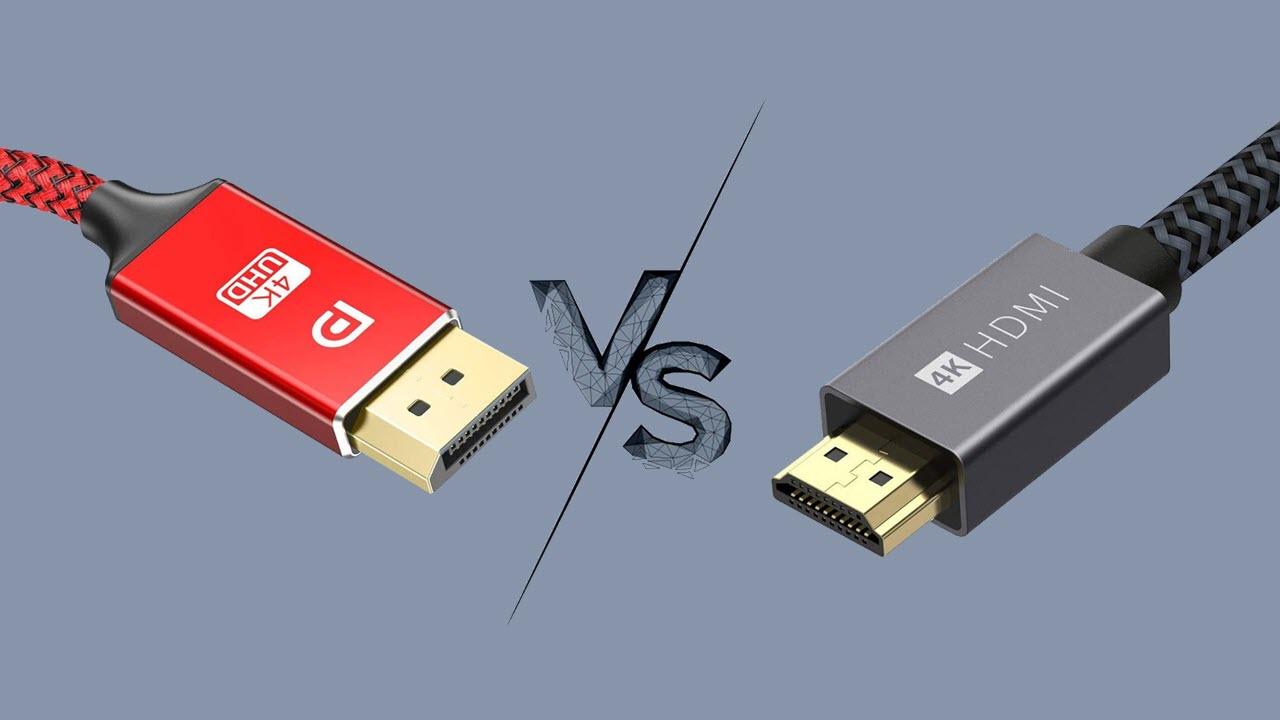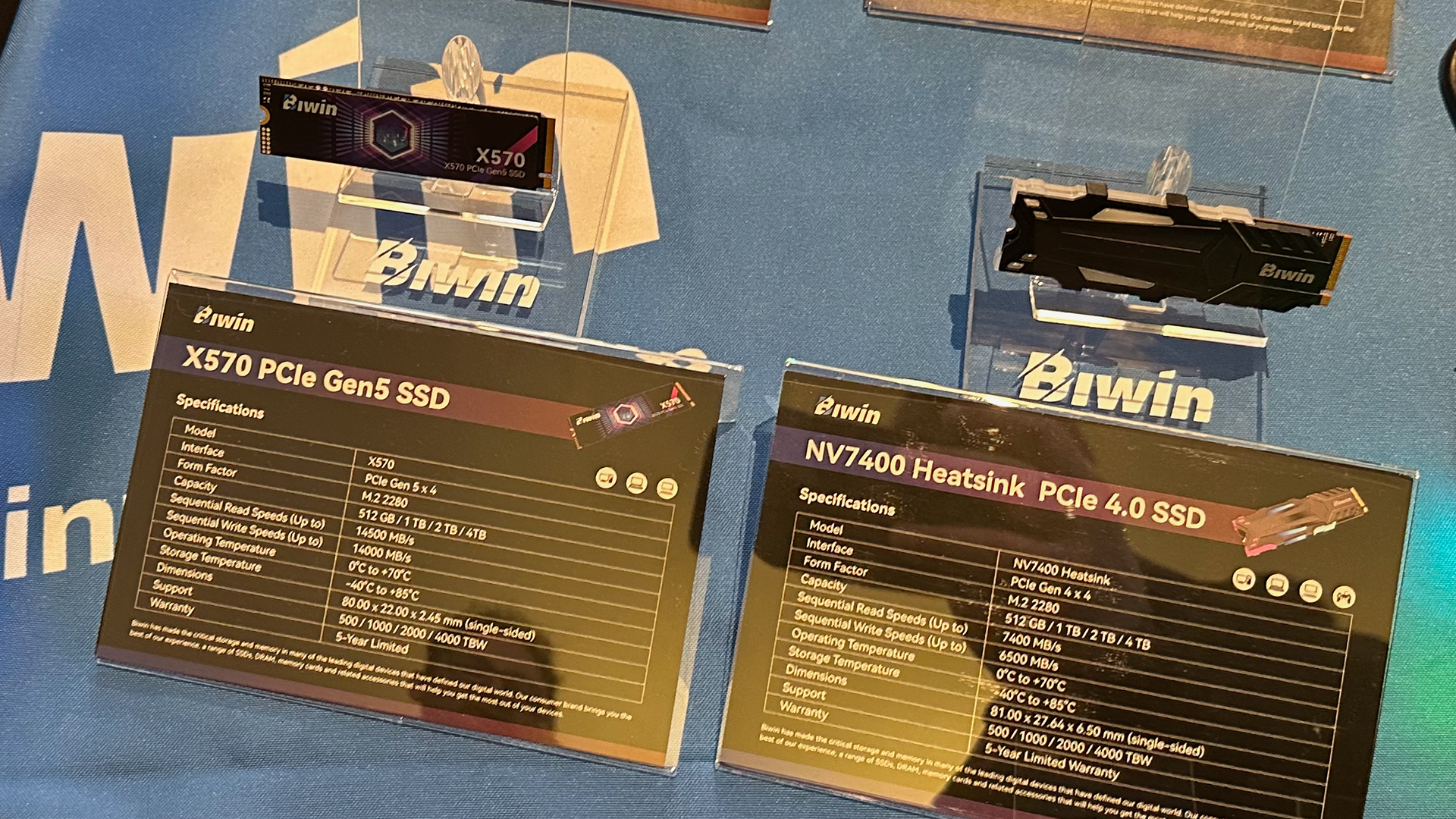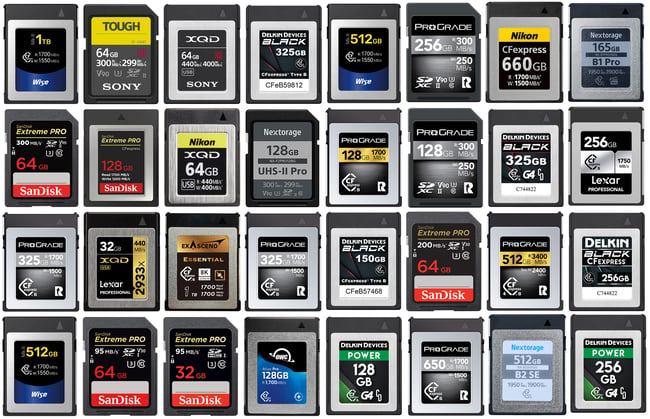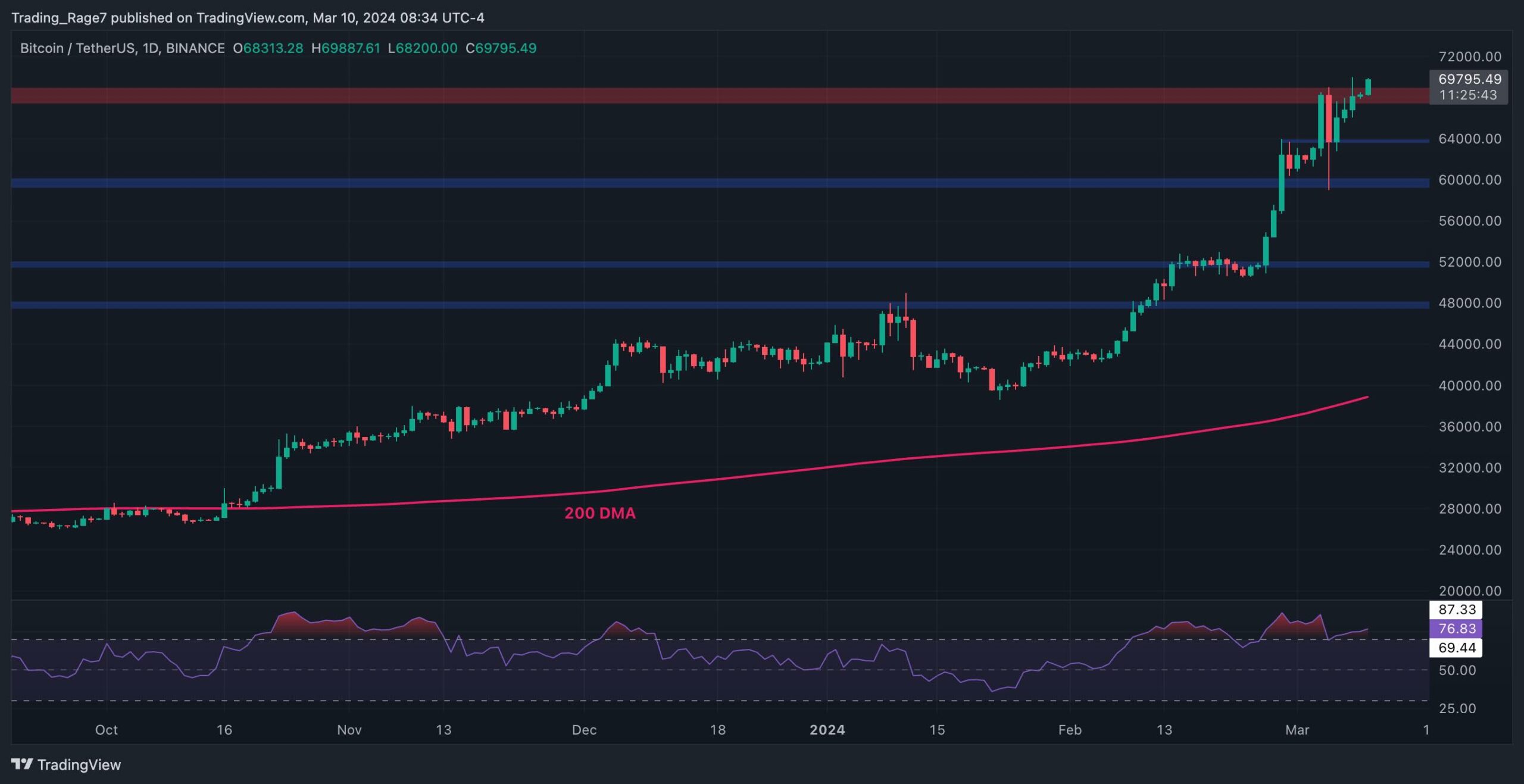What’s the difference between Shamir, TSS, MPC, Multisig, and VSS in crypto custody?
Digital asset security is paramount in crypto, and several cryptographic methods are available to ensure the safety of digital assets, each with unique benefits and applications. This article focuses on explaining Shamir’s Secret Sharing (SSS), Threshold Signature Schemes (TSS), Multi-Party Computation (MPC), Multi-Signature (Multisig), and Verifiable Secret Sharing (VSS) as they pertain to crypto wallets […] The post What’s the difference between Shamir, TSS, MPC, Multisig, and VSS in crypto custody? appeared first on CryptoSlate.

Digital asset security is paramount in crypto, and several cryptographic methods are available to ensure the safety of digital assets, each with unique benefits and applications. This article focuses on explaining Shamir’s Secret Sharing (SSS), Threshold Signature Schemes (TSS), Multi-Party Computation (MPC), Multi-Signature (Multisig), and Verifiable Secret Sharing (VSS) as they pertain to crypto wallets and transactions.
Shamir’s Secret Sharing (SSS)
Shamir’s Secret Sharing (SSS) is a cryptographic method that divides a secret, such as a private key, into multiple parts known as shares. This approach ensures that the original secret can only be reconstructed when a predefined minimum number of shares, called the threshold, are combined.
The process works by constructing a random polynomial where the constant term is the secret. Evaluating this polynomial at distinct points generates the shares. To reconstruct the secret, any combination of shares that meets the threshold can be used, leveraging the mathematical properties of polynomial interpolation. This ensures that the secret remains secure even if some shares are compromised.
Here’s how it works:
- Threshold: A minimum number of shares are needed to reconstruct the original private key.
- Security: The secret remains secure even if some shares are compromised.
- Reconstruction: Combining the required number of shares reconstructs the private key.
In SSS, a random polynomial is constructed where the constant term represents the private key. Shares are generated by evaluating this polynomial at distinct points. Any combination of shares meeting the threshold can reconstruct the private key.
Advantages:
- Flexibility: Threshold and number of shares can be customized.
- Extensibility: Shares can be added or removed without affecting others.
- Minimal Size: Share size is comparable to the original secret size.
Limitations:
- No Verifiability: Share correctness cannot be inherently verified.
- Single Point of Failure: The private key exists in one place during reconstruction.
Use Cases in Crypto:
- Storing Private Keys: Distribute key parts among multiple trustees to avoid a single point of failure.
- Cold Storage Solutions: Secure access to cold wallets by requiring multiple shares for decryption.
- Distributed Custodial Services: Enhance security by ensuring that multiple parties are needed to access assets.
Threshold Signature Schemes (TSS)
Threshold Signature Schemes (TSS) enable a group of parties to jointly generate and verify digital signatures without any single party knowing the full private key. The signing key is collaboratively generated using Multi-Party Computation (MPC). A predefined number of parties must cooperate to produce a valid signature, ensuring that no single party can forge the signature on its own.
This method provides enhanced security, efficiency, and privacy compared to traditional multi-signature schemes.
Key properties include:
- Distributed Key Generation: The signing key is collaboratively generated using Multi-Party Computation (MPC).
- Threshold Signing: A predefined number of parties must collaborate to sign a message.
- Unforgeability: Signatures are valid only if the required threshold of parties participates.
TSS enhances security, efficiency, and privacy compared to traditional multi-signature schemes.
Advantages:
- Enhanced Security: Reduces the risk of a single point of failure.
- Efficiency: Produces a single, compact signature.
- Flexibility: Applicable to various blockchain platforms.
Limitations:
- Complexity: More complex than traditional public key cryptography.
- New Attack Vectors: Potential new cryptographic attack vectors.
Use Cases in Crypto:
- Crypto Wallets: Securely manage wallets requiring multiple signatures for transactions.
- Smart Contracts: Implement contracts needing consensus among multiple parties to execute transactions.
- Organizational Approvals: Ensure critical decisions or transactions require agreement from a group of authorized personnel.
Multi-Party Computation (MPC)
Multi-Party Computation (MPC) allows multiple parties to jointly compute a function over their private inputs while keeping those inputs private. The computation ensures that no party learns anything about the other parties’ inputs beyond what can be inferred from the output. This is particularly useful for scenarios where privacy and security are paramount, such as secure auctions and collaborative data analysis.
Key properties are:
- Privacy: No party learns anything about others’ inputs beyond the function output.
- Correctness: Output is as if computed by a trusted third party.
MPC is useful in secure auctions, privacy-preserving data mining, and joint financial decisions.
Advantages:
- Enhanced Security: Data is never revealed to any single party.
- Flexibility: Applicable to various computations.
- Efficiency: More efficient than relying on a trusted third party.
Limitations:
- Complexity: Computationally intensive.
- Cryptographic Assumptions: Relies on certain hard problems.
Use Cases in Crypto:
- Secure Transactions: Conduct transactions where inputs remain private until finalized.
- Collaborative Data Analysis: Jointly analyze data across entities without exposing individual datasets.
- Secure Voting: Implement privacy-preserving voting mechanisms in decentralized governance.
Multi-Signature (Multisig)
Multi-Signature (Multisig) is a method that requires multiple private keys to authorize a transaction, thereby distributing control and enhancing security. A transaction will only be executed if a predefined number of signatures (the threshold) are provided. This setup is commonly used to manage funds in shared accounts, corporate transactions, and escrow services.
Key properties include:
- Multiple Signers: Requires multiple private keys to sign a transaction.
- Threshold: A predefined number of signatures is needed.
Common setups include 2-of-3 or 3-of-5 signatures.
Advantages:
- Distributed Control: Minimizes single points of failure.
- Enhanced Security: Reduces the risk of fund theft.
- Flexibility: Supports various threshold configurations.
Limitations:
- Increased Complexity: More complex than single-signature wallets.
- Slower Transactions: Obtaining multiple signatures takes time.
Use Cases in Crypto:
- Shared Accounts: Manage funds in shared accounts, ensuring no single user can move funds unilaterally.
- Corporate Transactions: Implement extra security for corporate transactions needing multiple executive approvals.
- Escrow Services: Ensure funds can only be released with agreement from multiple parties.
Verifiable Secret Sharing (VSS)
Verifiable Secret Sharing (VSS) enhances traditional secret sharing by adding the capability to verify the correctness of the shares. This ensures that the shares are valid and that the secret can be reconstructed accurately. VSS involves a dealer who distributes shares to participants, who can then verify the validity of their shares without revealing the secret. This method is particularly useful in high-security environments where the trustworthiness of participants cannot be fully guaranteed.
Key properties include:
- Verifiability: Parties can verify the validity of their shares.
- Reconstruction: The secret can be reconstructed with sufficient shares.
- Secrecy: The secret remains hidden from unauthorized subsets.
VSS enhances security by detecting malicious behavior and ensuring robustness even if some parties are dishonest.
Advantages:
- Verifiability: Detects malicious dealer behavior.
- Robustness: Secret can be reconstructed despite dishonest parties.
- Flexibility: Useful in various applications like threshold cryptography and secure multi-party computation.
Limitations:
- Complexity: Computationally intensive and requires multiple communication rounds.
- Cryptographic Assumptions: Relies on certain hard problems.
Use Cases in Crypto:
- High-Security Environments: Securely share secrets where participant trustworthiness cannot be guaranteed.
- Blockchain Applications: Enhance distributed ledger security by ensuring verifiable secret sharing among nodes.
- Byzantine Agreement Protocols: Achieve consensus in systems where some participants may act maliciously.
By understanding and implementing techniques like SSS, TSS, MPC, Multisig, and VSS, individuals and organizations can significantly enhance the security of their digital assets. These methods provide robust solutions to meet the diverse needs of modern digital security challenges, ensuring safety, privacy, and integrity in various crypto transactions and interactions.
The post What’s the difference between Shamir, TSS, MPC, Multisig, and VSS in crypto custody? appeared first on CryptoSlate.
What's Your Reaction?


































